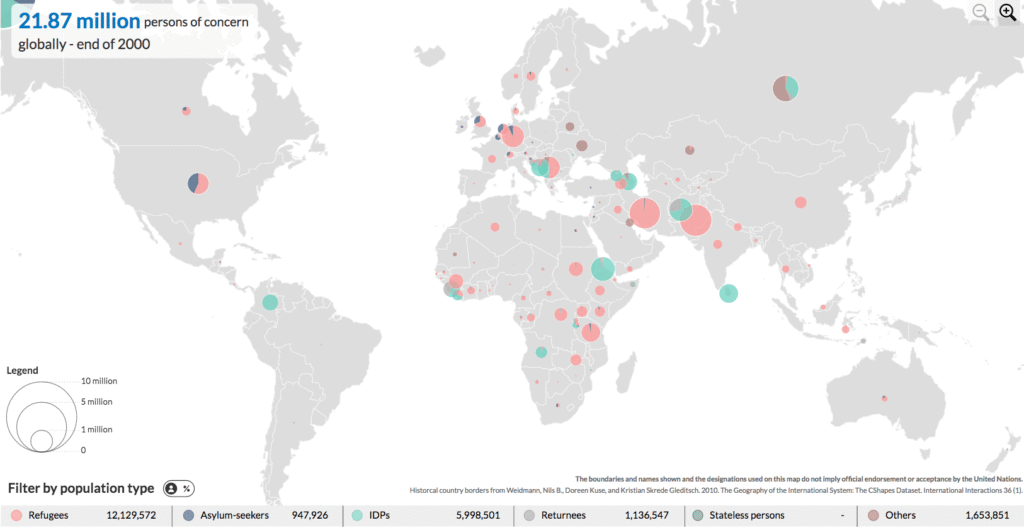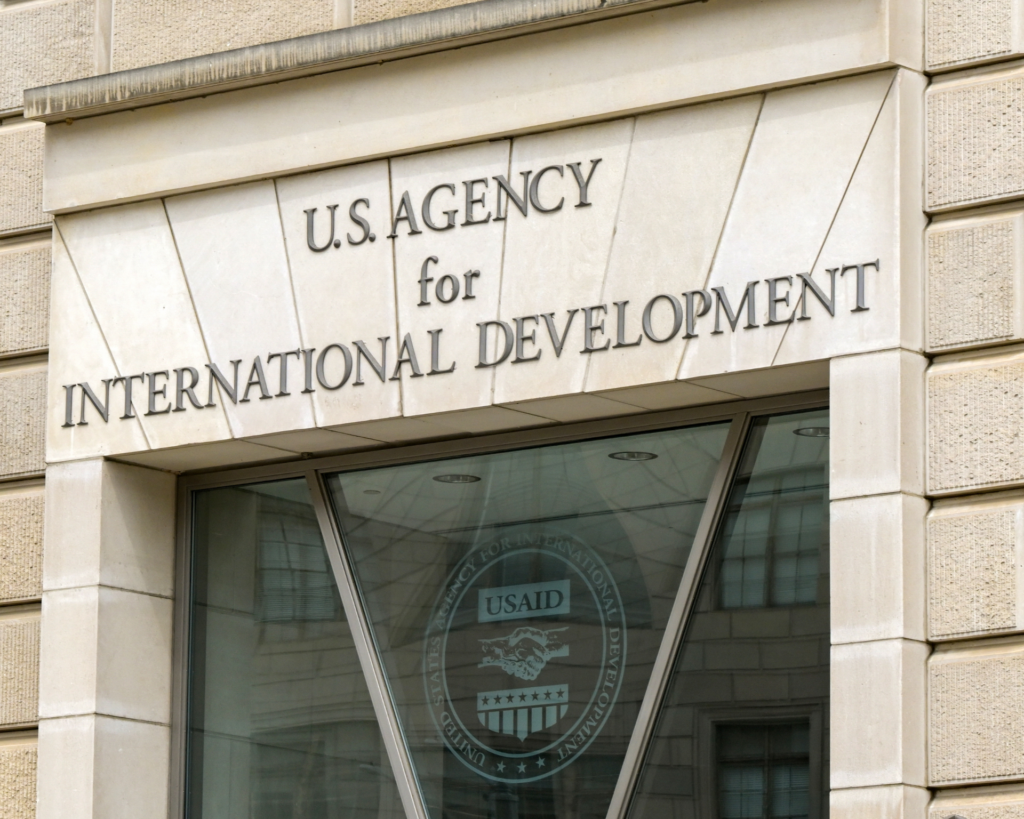‘Home’ and Human Rights
There are now four million more refugees worldwide. In the face of the worst refugee and displaced persons crisis in history, powerful and wealthy nations of the world have an undeniable obligation to confront this massive pandemic.

Read Time: 4 minutes
Published:
Aisha Yussuf Abdi, a Somali mother of seven fleeing to Ethiopia, painfully recounted her family’s suffering to Diana Diaz of the UN Refugee Agency (UNHCR): “All of our cows, everything, died before our eyes.” She is part of a desperate exodus as a result of severe drought and absence of food occurring across Africa. A continent away, the Iraqi government is intensifying military operations in Mosul and citizens are exiting en masse. Ahmad, a former tea shop owner speaking from a camp outside the city reported to Caroline Gluck of the UNHCR: “The treasure that was Mosul is gone…”
The world is facing the worst refugee and displaced persons crisis in history as people all over the world are fleeing their homes, states, and countries by the tens of millions. The magnitude of the crisis is not something humanity has encountered before, making it difficult for the media, policymakers, and the general public to digest the seriousness of the problem. Ultimately that magnitude is ever increasing. The public needs to understand the massive scope of the situation we face as a global community. Perhaps translating data can drive change.
The Data Tells the Story
The UN Refugee Agency (UNHCR) compiles data on Persons of Concern (PoC). Persons of Concern include refugees, but also internally displaced persons, asylum-seekers, returnees, stateless persons, and a designation of ‘others.’ The total number of PoCs has tripled between 2000 and 2015. There are now four million more refugees worldwide. There is also a more than six-fold increase in the total number of internally displaced persons (IDPs), increasing from about 6 million in 2000 to 37.5 million in 2015. Some countries, such as Colombia and Syria, have seen a particularly large increase in IDPs (6.9 million and 6.6 million respectively).
The global response has been alarmingly underwhelming. The total number of refugees and asylum seekers accepted by major countries only increased 1.2 million people between 2000 and 2015. The United States and the United Kingdom actually accept fewer now. This response has been like watering a forest fire with a garden hose. The Trump administration’s approach of refusing to accept refugees is effectively turning that garden hose off. Some countries have stepped up. Most notably, Germany now accepts 350,000 more asylum-seekers and Turkey accepts 2.5 million more refugees in 2015 than in 2000.

The following GIF, made with UNHCR maps, visually conveys the rapidly progressing scale of the crisis.

A Home as a Human Right
The global community has failed to protect the human rights and dignity of the victims of widespread disaster. It must be understood, as the International Convention on Economic, Social and Cultural Rights (ICESCR) stated in 1966, that the inherent dignity and equal and inalienable rights of all humans are “the foundation of freedom, justice and peace in the world.” Of particular interest are articles 11 and 12 of ICESCR, which establish the right to housing and the right to the highest attainable standard of physical and mental health. For the tens of millions of displaced persons, these rights may seem more like far off dreams. If the Trump administration dismisses these rights as superfluous idealisms or ignores the plight of displaced persons entirely, it will be acting in direct contrast to the principles the U.S. was built on.
The UNHCR cannot solve this crisis alone. The powerful and wealthy nations of the world, including the U.S., have an undeniable obligation to confront this massive pandemic with the full force of their laws, coalitions and resources. Nothing less is acceptable. This is a growing catastrophe that will transcend all geopolitical lines, all walls and borders, and all isolationist policies. But above all, it will define the character, compassion, and humanity of the world in the 21st century for all of history.
Feature image: IRIN Photos, “Somalia1, A woman and her young children stand in the evening light at an IDP settlement in South Galkayo, Somalia with armed police standing by. Thousands of people have been internally displaced from the South of Somalia and Mogadishu by renewed fighting in the region since the Transitional Federal Government, (TFG) backed by the Ethiopians seized control from the Islamic Court (ICU) in January 2007.” Photo: Kate Holt/IRIN. Used under CC BY-NC-ND 2.0/cropped from original.



